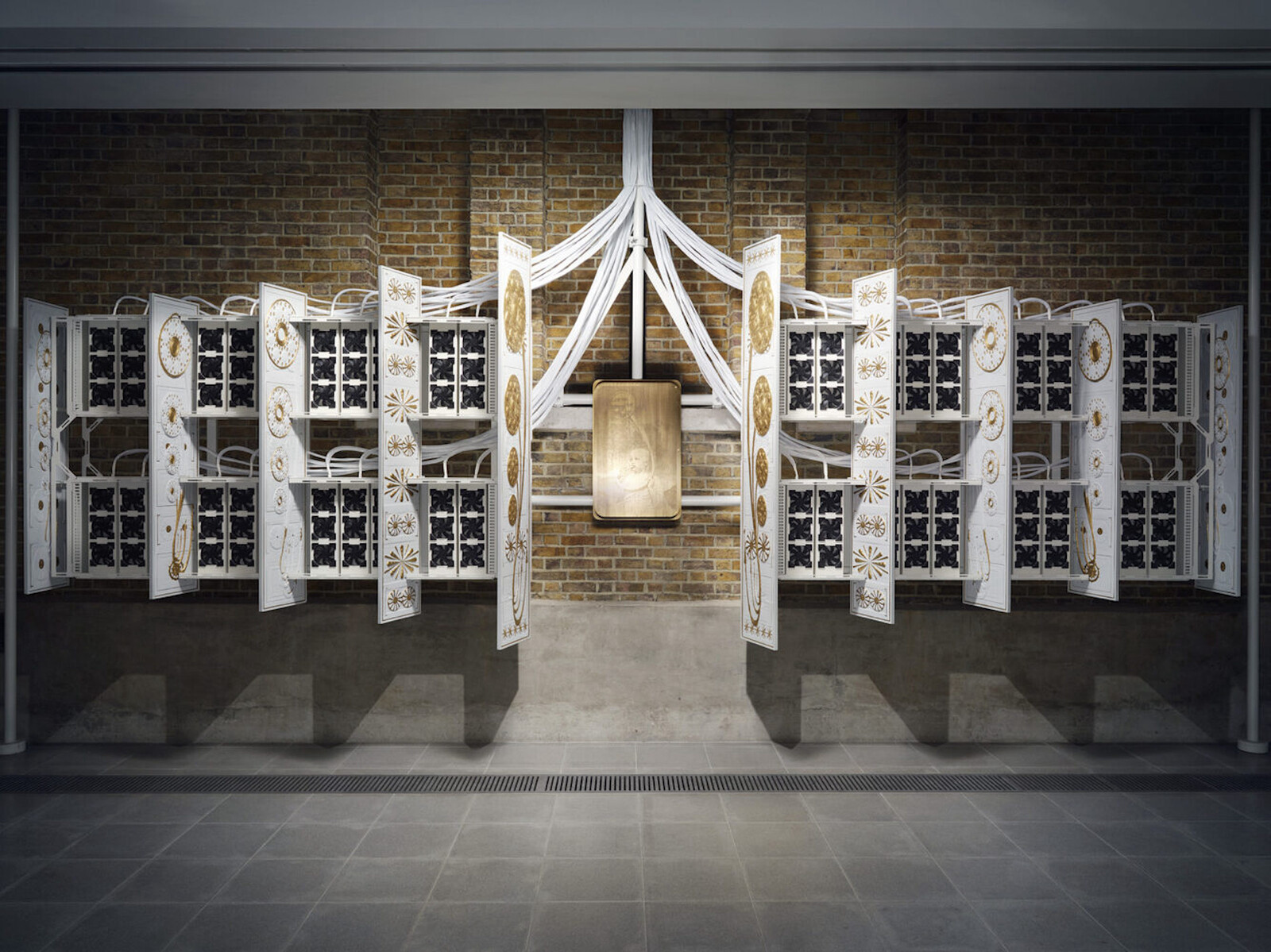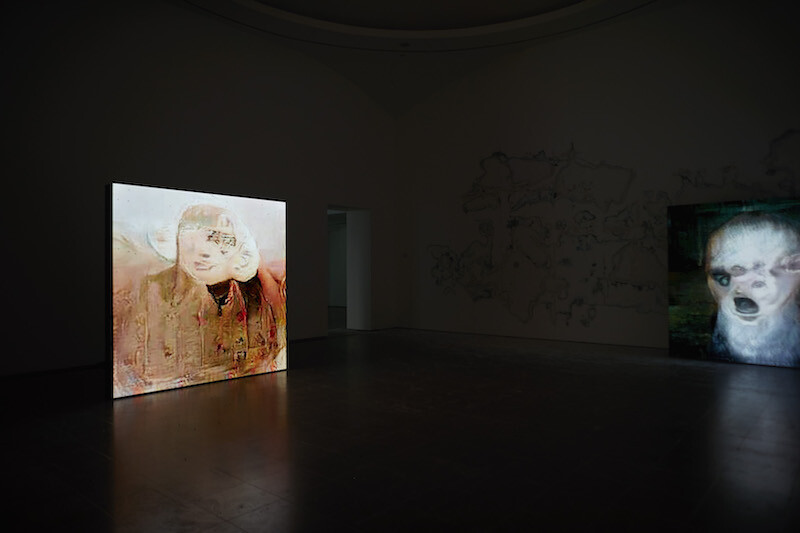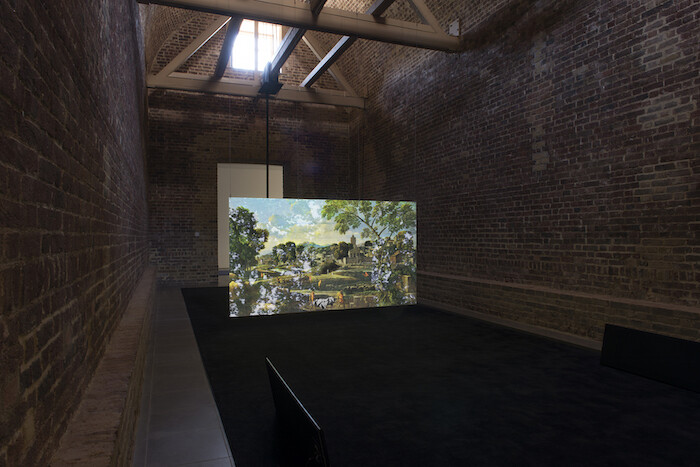Categories
Subjects
Authors
Artists
Venues
Locations
Calendar
Filter
Done
November 14, 2024 – Review
Holly Herndon and Mat Dryhurst’s “The Call”
George Kafka

Holly Herndon and Mat Dryhurst have in recent years been better known as spokespeople for the artistic possibilities of AI than as demonstrators of its uses. Numerous media profiles, their Interdependence podcast, and Dryhurst’s busy X account mean it has been easier to learn their opinions on AI than to engage with—and sometimes understand—the various tools, songs, images, and other experiments that the music/artist/research duo have produced.
Herndon and Dryhurst are both eloquent advocates for open-minded but certainly not uncritical engagements with AI for artistic practices and, by extension, its broader sociocultural impacts. They confidently tread the (admittedly very broad) ground between AI doomers, denialists, and Big Tech-boosters, with a particular focus on the ethical use of artists’ work to produce AI models—as seen in projects such as the website Have I been Trained?, which allows artists and photographers to find out if their work has been used to train AI models. And yet, approaching “The Call,” the duo’s first solo exhibition, at London’s Serpentine Gallery, I had little sense of what “art” awaited me and, I must admit, feared diagrams of neural networks were ahead.
Greeting visitors to Serpentine North is The Hearth (all works 2024), a wall-mounted instrument …
December 19, 2018 – Review
Pierre Huyghe’s “UUmwelt”
Flora Katz

Five large, freestanding LED panels fill the spaces of the Serpentine. Despite their technological nature, they look like temporary plaster walls and give the rooms a stripped appearance. Images scroll onscreen at high speed. In the darkened exhibition space, they have peculiar light and colors, cold and clear tones. Sounds can be heard, but like the shapes on the panels, I don’t know what they relate to: A microphone? A bird? Nothing corresponds to anything entirely; the sounds oscillate between machine, human, and animal. The same is true of the strange scent diffused in the air. Dust clings to viewers’ shoes. It will spread to the gardens, the streets, the tube. It comes from a large mural on the wall of the main room, a version of timekeeper (1999). Timekeeper is an archeology of the place, a mural that looks like the impression of the rings on a tree trunk, made by sanding down the wall of the exhibition space, each layer of exposed paint forming a different color circle. Here, the same sanding process is at play but it forms sinuous lines, like a map of an unknown territory. Flies roam overhead. They were born in the gallery’s ceiling, …
October 19, 2015 – Feature
London Roundup
Orit Gat

In an art fair week, when it seems like everyone around is constantly discussing where they were, what they saw, and how it was, discourse is dependent on physical participation, on the encounter with art in a space, strengthening the primacy of the exhibition as a mode of experiencing artwork. While there is still a lot of thinking to be made about how display has historically shaped production and continues to do so, Frieze week in London is a great moment to assess whether there is something about the exhibition that makes it such a lasting form.
So why do we still go see exhibitions? Chisenhale Gallery is showing Jumana Manna’s A magical substance flows into me (2015), a 70-minute film screened five times a day. It is an exploration of traditional local music in Palestine/Israel, based on Manna’s research into the work of the German-Jewish ethnomusicologist Robert Lachmann (1892-1939) in Mandatory Palestine. Manna plays radio recordings made by Lachmann on an iPhone to the participants in her film, ranging from a young Jewish musician singing the Arabic songs her Moroccan grandmother taught her to a Palestinian flute maker who explains that traditional Palestinian music is more fashionable in the West …